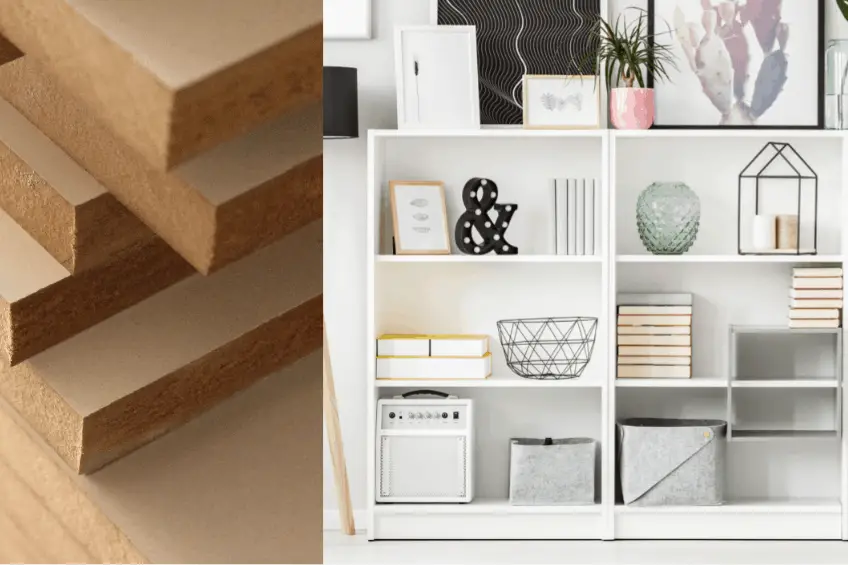I've been mumbling about making some proper shelving for my system for ages now and in the new year I'm going to finally get to it and get it done. Enough blathering and procrastinating. I no longer have to figure out how to integrate a big MacPro tower into the installation so it has become a lot easier.
I have 40" width to work with so, it will end up being a two-bay design. The biggest issue (literally) will be the DP-80 plinth which measures 50cm x 60 cm (19.5" x 23.5") - obviously will go on the top shelf which will have to be deeper than the rest, at least 1/2 of it will. If you add the width of the Revox A-77 to it the total is exactly 40". Sadly the B-77 won't fit.
I've figured out the basic design, but could use some advice on materials. Given the system will be in my little 12x12 study and tucked into a corner I'm not going for flash and figure on doing a threaded-rod type.
In terms of materials:
Is 3/4" rod heavy enough or do I need to use 1"? 3/4" is easily available, but I have tracked down somewhere locally that supplies 1" if necessary - at a major premium. If I get 6 x 3' lengths or rod then 36" height which should hold everything - just.
What material for the shelves themselves? MDF? Seems to be a common material for such units, but is there something reasonably affordable that is better? What thickness?
In the end I'll tie the whole thing back to the wall to reduce any chance of movement.
I have 40" width to work with so, it will end up being a two-bay design. The biggest issue (literally) will be the DP-80 plinth which measures 50cm x 60 cm (19.5" x 23.5") - obviously will go on the top shelf which will have to be deeper than the rest, at least 1/2 of it will. If you add the width of the Revox A-77 to it the total is exactly 40". Sadly the B-77 won't fit.
I've figured out the basic design, but could use some advice on materials. Given the system will be in my little 12x12 study and tucked into a corner I'm not going for flash and figure on doing a threaded-rod type.
In terms of materials:
Is 3/4" rod heavy enough or do I need to use 1"? 3/4" is easily available, but I have tracked down somewhere locally that supplies 1" if necessary - at a major premium. If I get 6 x 3' lengths or rod then 36" height which should hold everything - just.
What material for the shelves themselves? MDF? Seems to be a common material for such units, but is there something reasonably affordable that is better? What thickness?
In the end I'll tie the whole thing back to the wall to reduce any chance of movement.




:max_bytes(150000):strip_icc()/recommended-shelf-spans-and-spacing-1824823-hero-49653230e2734e2b816bbed65517676f.jpg)

